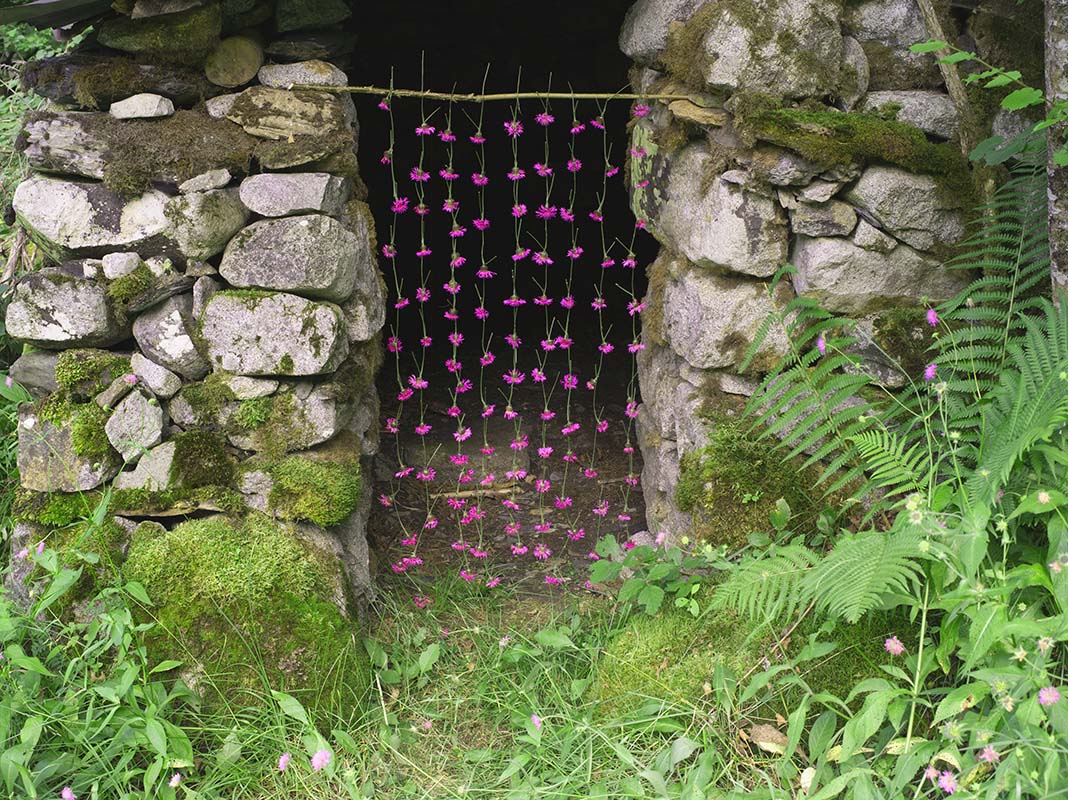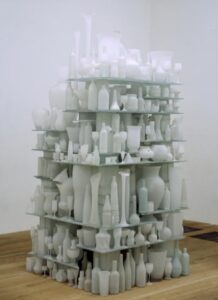Primary research


I initially looked at using string as my found object. It is a versatile material that is also easily accessible, and a material which I felt had many connotations with the general theme of isolation that I have been considering.
Living in a small town where I don’t know anyone and have not yet made any connections, I was interested in the use of string (and thicker materials such as wool) as a way to begin making connections. I feel that string can be thought of as many things; something with the ability to suspend things, bind things together, fix things with stitches, create ties or connections between two things.
That was my intention with some of these primary research experiments – just going out into my local environment, finding a way to enjoy it, interact with it and to connect with it. I certainly feel like using string in this manner was able to provide some sort of physical and metaphorical connection, however after going out to try these experiments I find myself incorporating the natural environment or parts of it into my experiments and will be exploring this further.
As my town is relatively small and located close to a lot of woodland and conservation areas, I think the natural plant-life is a significant aspect of this area, and that by using this plant life in my art as a ‘found object’ I should ideally begin to develop a better sense of place and of closeness to where I live.
Secondary research
I started this project with Nils Udo in mind. As I am looking at exploring with and connecting with my environment (perhaps through nature) Udo’s work feels relevant to me. I also like that he too uses the found object to work with, and this leaves a feeling of spontaneity to his work – I tried emulating this in my experiments with the string. A major theme of Udo’s work is also that he leaves whatever he has created where it is to respond and react to its environment – an interaction.
‘Small Lake’ Nils Udo. Earth, Water, Hazel Stakes, Butterfly orchid, Old leaves. France, 2000.

‘Entrance’ Nils Udo. Mountain Bluets. Pyrenees, 2018.

‘One and three chairs’, Joseph Kosuth. Wood folding chair, mounted photograph of a chair, and mounted photographic enlargement of the dictionary definition of “chair”. 1965.
One of the artists I looked at for this project was Joseph Kosuth and in particular his piece ‘One in three chairs’, 1965. By placing the chair in an unconventional context (alongside other ‘forms’ of a chair) Kosuth is challenging the notion of what art can or can’t be. This piece was encouraging for me as I initially struggled when choosing my object to view it out of its original context and function.

‘Cumulus’, Tony Cragg. Medium Glass. Dimensions – Unconfirmed: 2650 × 1200 × 1200 mm. 1998.
Another piece I found fascinating was Tony Cragg’s ‘Cumulus’, 1998. I like the simplicity of the sculpture but also that the context in which the objects are in forces the viewer to view them differently. There is little significance about an individual everyday object such as a glass, but when accumulated like this it becomes fascinating to look at. The accumulation of glasses is almost like a refusal to be disregarded or overlooked as a mundane, everyday object, and also highlights the significance of context in getting the viewer to reconsider the object.
Certainly, Cragg’s work has influenced me to consider the context of my found object, and has also interested me in beginning to think about collections as a way to progress with this project.
Sources:
https://www.moma.org/collection/works/81435
https://www.tate.org.uk/art/artworks/cragg-cumulus-t07792



Great work.
Really insightful